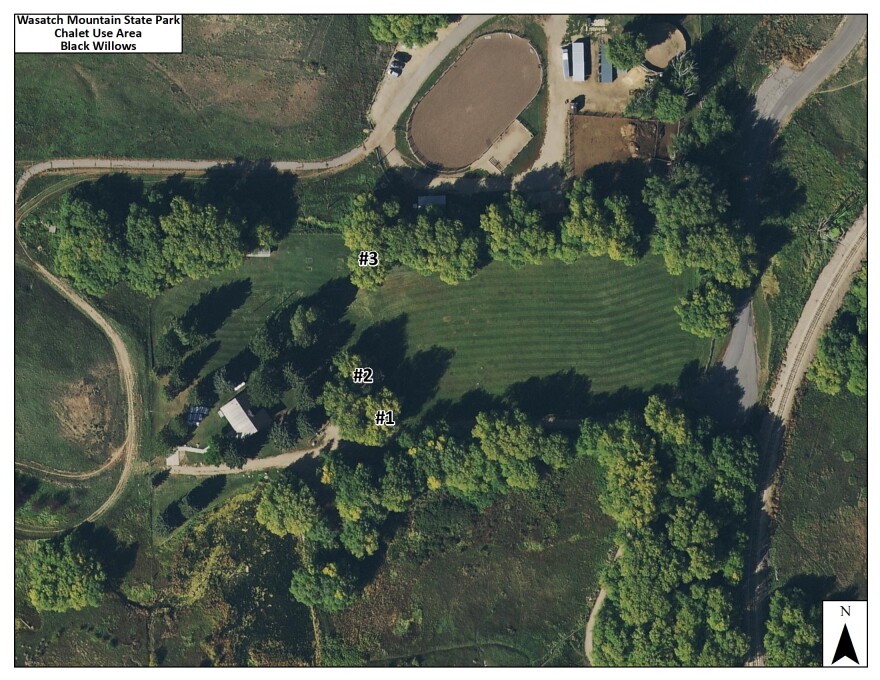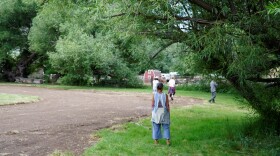The announcement came during a public meeting with state officials and residents.
Utah State Parks Director Jeff Rasmussen said findings that 12 old, big black willow trees are unsafe to people near them led to the decision to cut them down.

“We get it, they're a tremendous resource in the area,” Rasmussen said. “They're part of what makes that area so beautiful, we totally realize that. I also want you all to understand that even if we decided not to build the campgrounds, we still wouldn't be able to keep this area open to the public now that we have the information that we have.”
Over the last month, state officials and an independent arborist visited the site at Wasatch Mountain State Park, near the Chalet lodge. The campsite project was delayed for further inspection after residents objected to cutting down the trees.
According to arborist Mitch Jones’ report, large branches are likely to fall off the trees, and some of their bases have decayed severely. The Utah Division of Risk Management’s report cited dangers to people and property in a recommendation to cut them down.
Jennifer Tringham, who spent days at the site protesting the removal of the trees before the project went on hold, said she was sad but not surprised at the decision.
“Some of you guys grew up here,” Tringham said. “You guys all have your favorite fishing spot. This is our favorite place. This is where we go to connect, and you guys are taking away our land.”
She and others said cutting down the black willows before their natural death was morally wrong. Some called it a historical and spiritual place dating back to Native Americans using the site, while others questioned whether the decision was driven by economics. One speaker read Joseph B. Strauss’s poem, “The Redwoods.”
Some asked if a lack of regular maintenance over the years contributed to their overgrowth and the need to remove them now. Jones said yes, but that neglect dates back many decades, not just to recent years.


Nancy O’Toole, who said she’s familiar with government grant programs as an environmental consultant, urged the officials to give more attention to trees still standing.
“Unfortunately, we're going to lose those trees,” O’Toole said. “I'm sad to see that. It really breaks my heart, because I think we could have saved them if we would have done our work. So please, from this point on, work with me. Let's get a grant, let's get these trees pruned, let's get them structurally pruned, let’s get them taken care of so we can have them last for another 50 or 100 years.”
The 10 campsites at the Chalet area are part of 25 new campsites the state park is planning to build.
Utah Division of State Parks information officer Devan Chavez said the plan is a response to demand. He said the park hosted more than 500,000 visitors last year, and the Deer Creek and Jordanelle state parks are also building new campgrounds to accommodate crowds.
For more information, visit stateparks.utah.gov or contact park managers or rangers with questions.





